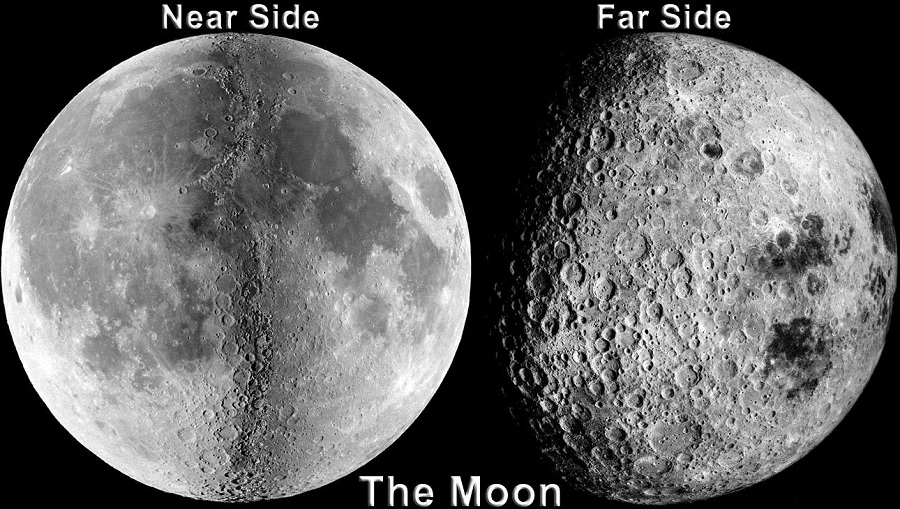
The difference between the Moon’s surface and the other side was identified by the US Apollo mission and the Soviet Union’s Luna mission. What is the difference between the two sides of the moon, which have no human habitation and no water? The scientific community has found the answer to this perplexing question.
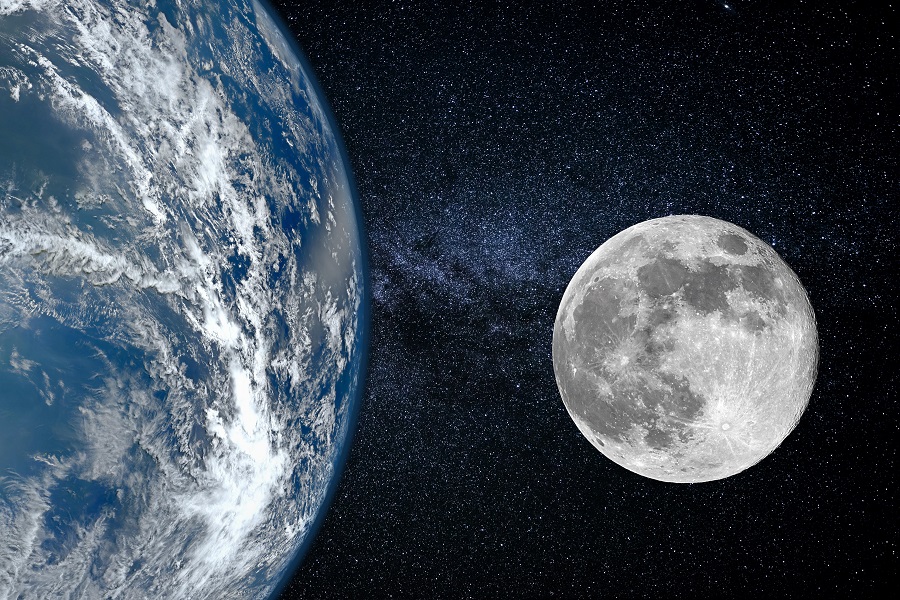
What is the difference between the two sides of the moon? The part of the moon that we see from the earth is the part with large plains. These plains were previously thought to be the ancient oceans of the moon. The number of craters here is very small. But on the other side of the moon, which is invisible from the earth. There are many small craters where meteorites have occurred. Scientists are explaining the reason for this difference in a new study.
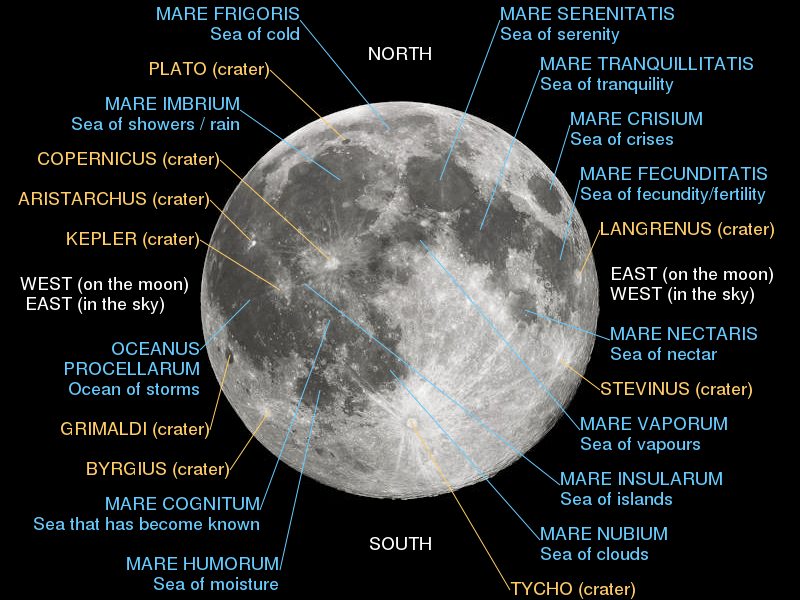
According to a study published in the journal Science Advances, we now see the effects of an asteroid that collided with the Moon 4.3 billion years ago. The crash occurred near Lunar South Pole, south of the Moon. The collision thus formed the South Pole Aitken (SPA basin) on the Moon, the second largest crater in the Solar System.

The collision caused smoke to form with extreme temperatures. The presence of warming elements, including potassium, phosphorus, and thorium, created intense heat throughout. At this temperature, the moon’s core melted. Volcanic eruptions and lava flows that have not stopped for years in what we see from Earth. As a result of this lava flow, the part of the Earth that is turning back into its present form. The other side was filled with craters.
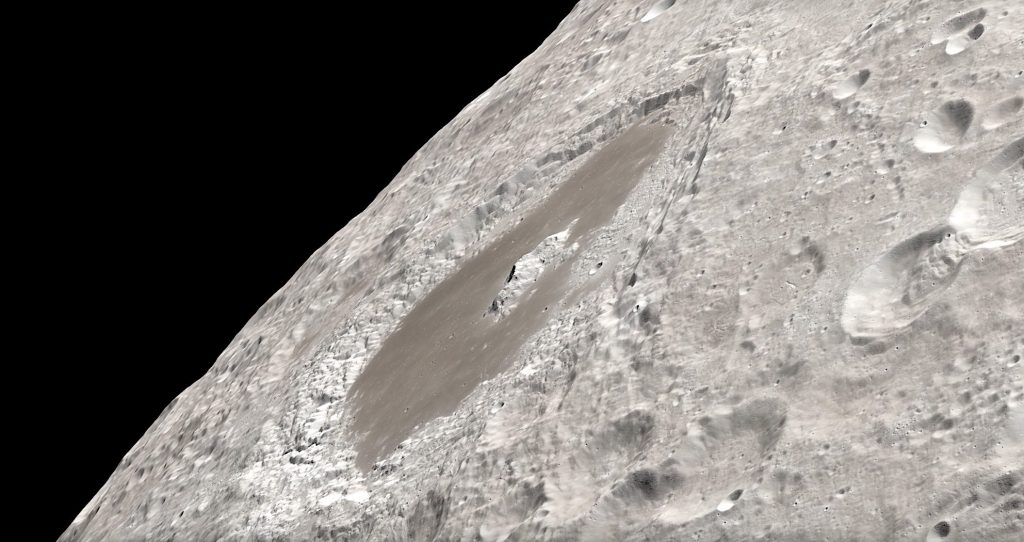
Researchers at Brown University, Purdue University, and Stanford University have teamed up to study how the moon can be affected by heavy impacts using computer stimulations.



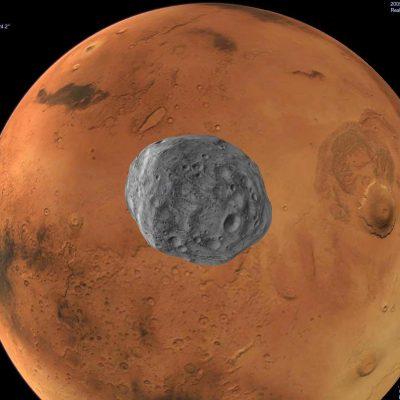
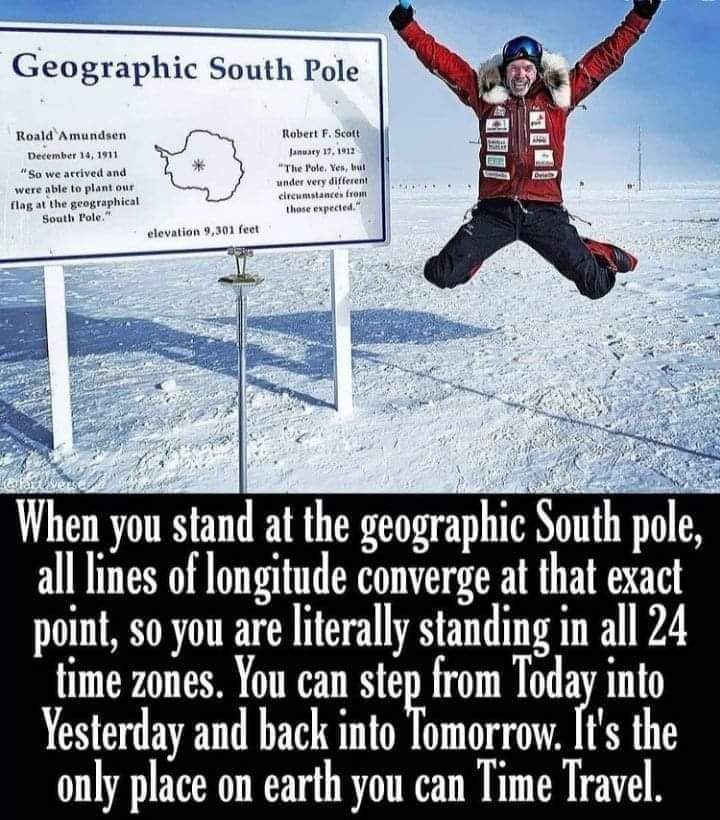
Recent Comments